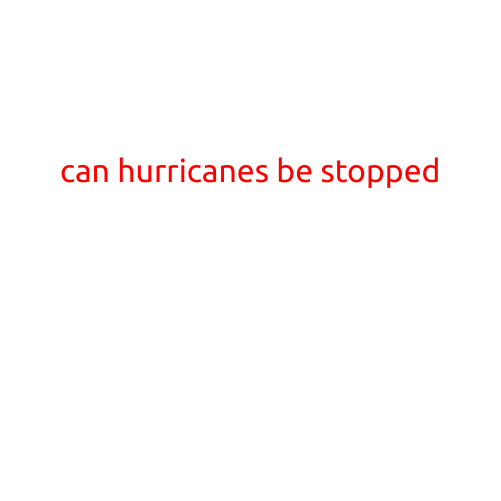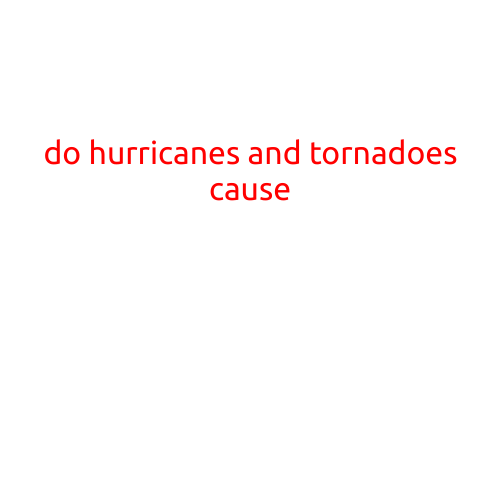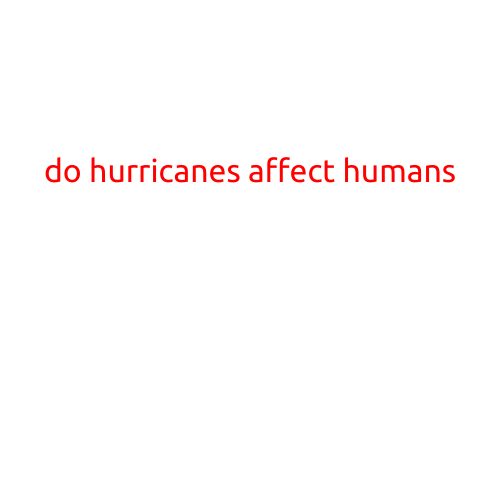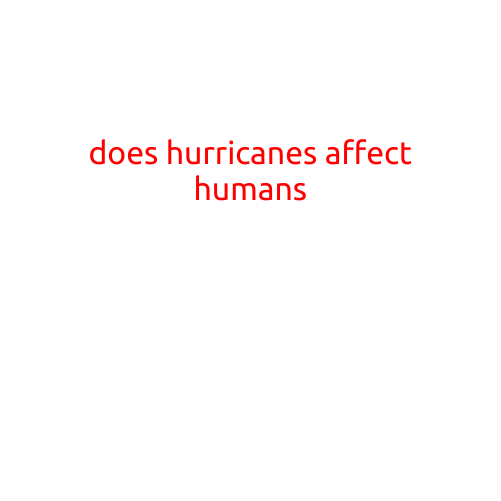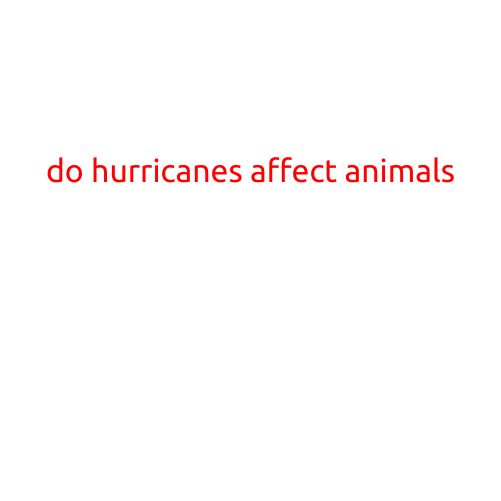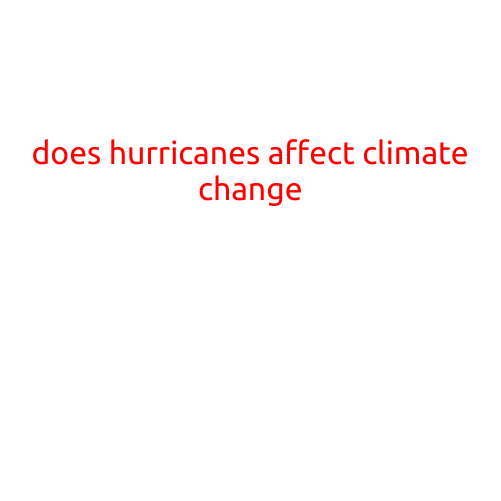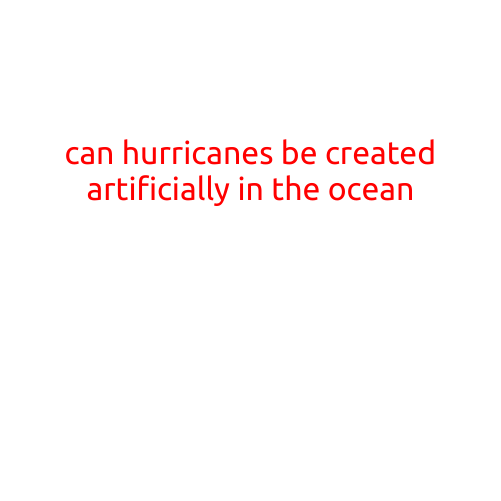
Can Hurricanes be Created Artificially in the Ocean? A Look into the Feasibility and Ethics
Hurricanes, also known as tropical cyclones or typhoons, are powerful storm systems that form over the ocean and bring destruction and devastation to coastal communities. They are a natural phenomenon, fueled by the heat and moisture of the ocean and atmosphere. However, with the rapid advancement of technology and the increasing frequency of natural disasters, researchers and scientists have been exploring the possibility of creating artificial hurricanes in the ocean. But is it possible? Is it feasible? And most importantly, is it ethical?
The Science Behind Hurricane Formation
Hurricanes form when the sea surface temperature is at least 26.5°C (80°F), and the atmosphere is unstable, with warm air rising and cool air sinking. This creates a circulation of air that strengthens into a low-pressure system, fueled by the heat and moisture of the ocean and atmosphere. The Coriolis force, a result of the Earth’s rotation, causes the low-pressure system to spin, eventually developing into a tropical cyclone.
Artificially Creating Hurricanes
Creating artificial hurricanes in the ocean would require creating the perfect conditions for hurricane formation. This would involve heating the ocean surface to above 26.5°C (80°F), creating the necessary instability in the atmosphere, and introducing the necessary wind shear to form a circulation of air. However, creating such conditions artificially is a daunting task.
One proposed method involves using a large, floating platform to heat the ocean surface using solar panels or other energy sources. This would require a massive amount of energy and resources, as well as a significant amount of space to accommodate the platform.
Another approach involves using drones or other aircraft to inject heat into the atmosphere. This could involve releasing chemical compounds that react with sunlight to produce heat, or using high-altitude drones to inject heat into the atmosphere using advanced technology.
Ethical Concerns
While creating artificial hurricanes might seem like a fascinating concept, it raises significant ethical concerns. Creating hurricanes would require manipulating the environment in a way that could have unintended consequences, potentially disrupting global weather patterns and affecting the lives of millions of people.
Moreover, creating artificial hurricanes could be seen as tampering with the natural order of things, potentially altering the course of human history. It is also important to consider the potential impact on marine ecosystems, which could be disrupted by the presence of artificial hurricane systems.
Feasibility and Viability
While the idea of creating artificial hurricanes is intriguing, it is also extremely challenging. The technology required to create such conditions is still in its infancy, and the scale of the project would be massive.
Additionally, the cost of such a project would be prohibitive, with estimates ranging from tens of billions to trillions of dollars. Given the limited resources and funding available, it is unlikely that creating artificial hurricanes would be a viable option in the near future.
Conclusion
While creating artificial hurricanes in the ocean is theoretically possible, it is a highly complex and challenging task that raises significant ethical concerns. The technology required to create such conditions is still in its infancy, and the scale of the project would be massive.
Moreover, the potential consequences of creating artificial hurricanes could be catastrophic, disrupting global weather patterns and affecting the lives of millions of people. As such, it is unlikely that creating artificial hurricanes would be a viable option in the near future.
However, researchers and scientists may continue to explore the concept of creating artificial hurricanes as a means of understanding and mitigating the effects of natural disasters. As our understanding of the atmosphere and oceans improves, we may find new ways to harness the power of the ocean to improve our lives and protect our communities.
